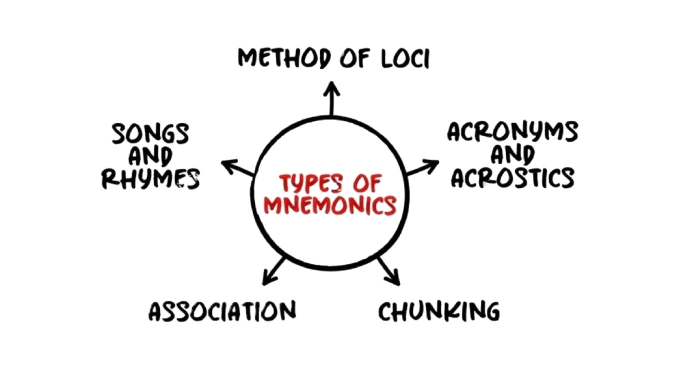Introduction
Here's something I wish someone had told me when I started learning Japanese: Less is often more when you are trying to grasp the basics of the language.
In fact, if you know the right 800-1,000 words, you'll understand about 75% of everyday conversations. That's the real starting point for accelerated learning.
The problem is that many people approach vocabulary building as if every word they come in contact with needs to be commited to permanent memory. They download every flashcard deck they can find, try to memorize hundreds of words at once, and then wonder why nothing sticks.
This guide isn't about cramming as many words as possible into your brain. It's about building vocabulary that sticks—words you can actually use in real conversations, reading, and writing.
Whether you're just starting with hiragana or preparing for the JLPT, you'll find practical strategies here that work for real people with busy lives.

